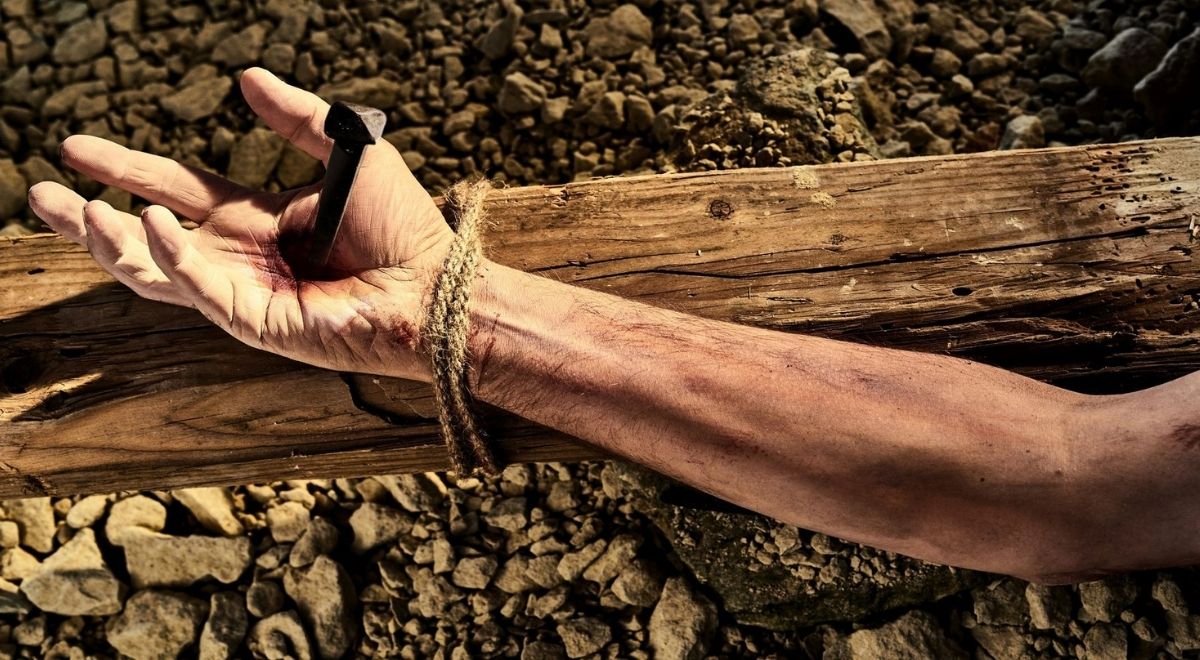British scientists recently analyzed forty skeletons found in 2017 in a cemetery of a former Roman settlement located in the village of Fenstenton in Cambridgeshire. Research has shown that one of those buried here was crucified.
Skeleton 4926
According to the University of Cambridge, the skeletons found by archaeologists belonged to forty adults and five children. The attention of the researchers was drawn to one of them, to whom the researchers assigned the number 4926. He was distinguished by a 5-centimeter iron nail driven into the heel bone – evidence that the deceased was crucified.
The study found that the remains belonged to a man of average height between 25 and 35 years old. Radiocarbon dating methods indicate that he died between 130 and 360 AD. In the vicinity of skeleton 4926, twelve iron nails and a wooden structure, which, according to scientists, served as a funeral stretcher, were discovered.
It is not known who the deceased was. However, archaeologists suspect that he may have been a slave. The ban on the execution of crucifixion against Roman citizens was introduced in 212. However, this punishment was not completely abolished until a hundred years later.

Beaten, tied and crucified
The remains show the injuries sustained by the man before his death. He had six broken ribs, possibly from a blow from a sword. His shinbones, on the other hand, are thinner than they should be, indicating that he was tied or shackled. The researchers found the nail itself in the laboratory while cleaning the skeleton. A smaller cavity was found on the bone next to her, proving that the man had failed to nail the cross to the cross the first time.
Although crucifixion was widely used in the Roman world, several bones have been found to indicate its practice. Nails were not always used – usually the victim was simply tied to a cross. Where they were used, they were usually removed from the body after crucifixion so that they could be used again in the future. Nails were also often made into amulets or simply thrown away.
“This find shows that even the inhabitants of such a small settlement on the outskirts of the empire could not escape the most barbaric punishments of the Romans,” said Dr. Corinne Dahig, one of the scientists of the research group in the village of Fenstanton.
In addition to skeletons in the former Roman settlement, researchers have also unearthed a number of other artifacts, including an enamel brooch, coins, and ornamented pottery. Remains of buildings indicate that it was a well-to-do settlement. Because it was on Via Dewana, the former Roman road that connects the cities of Cambridge and Godmanchester, scholars suspect the village was a holiday destination for travelers.

